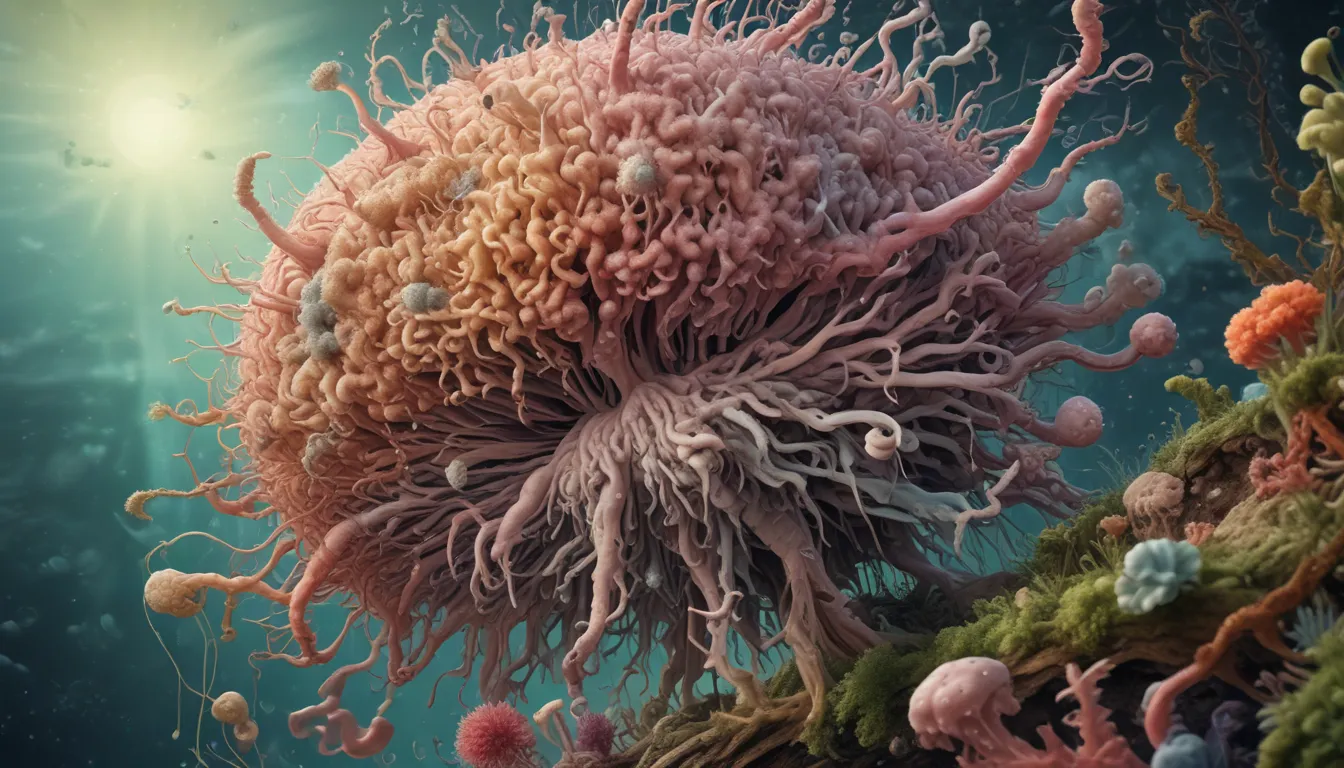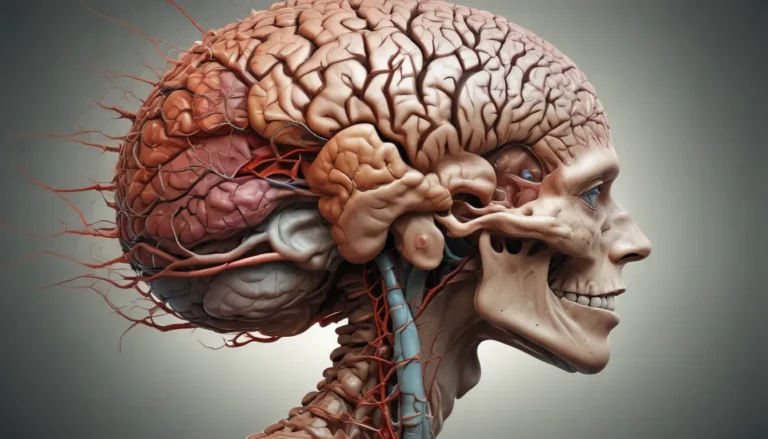A Note About Images: The images used in our articles are for illustration purposes only and may not exactly match the content. They are meant to engage readers, but the text should be relied upon for accurate information.
Welcome to the captivating world of microbial biofilms, where complex communities of microorganisms thrive and shape our environment in mysterious ways. In this article, we will delve into the intriguing realm of biofilms, exploring 13 enigmatic facts that shed light on their importance, adaptability, and unique properties. Join us on a journey to unravel the secrets behind these remarkable microbial communities and gain valuable insights into their impact on various aspects of our lives.
The Complex World of Microbial Biofilms
Microbial biofilms are not just simple collections of individual cells floating freely in a liquid medium. They are structured communities comprising bacteria, archaea, fungi, and other microorganisms that adhere to surfaces and form a protective matrix known as extracellular polymeric substance (EPS). This intricate network allows biofilms to communicate, cooperate, and thrive in diverse environments, from natural settings like rivers and oceans to human-made structures such as pipes and medical devices.
The Role of Biofilms in Disease Development
One of the most crucial aspects of microbial biofilms is their role in disease development. Chronic infections and diseases, such as dental plaque, urinary tract infections, and respiratory infections, are often associated with the formation of biofilms. These communities provide a protective barrier that shields microorganisms from antimicrobial agents and the immune system, making them highly resilient and challenging to treat effectively. Understanding the mechanisms behind biofilm formation and their impact on disease progression is essential for developing novel treatment strategies.
The Fascinating Adaptability of Biofilms
Biofilms exhibit remarkable adaptability, allowing them to thrive in a wide range of environments and survive harsh conditions. By forming cooperative networks within the community, different microbial species exchange nutrients and metabolites, enhancing their overall survival and success. This adaptability is further reflected in the structural complexity of biofilms, with layers of microorganisms embedded in the EPS matrix creating microenvironments with varying oxygen and nutrient gradients.
The Industrial Applications of Biofilms
Beyond their role in disease development, biofilms have significant industrial applications that offer sustainable and cost-effective solutions. These communities can be harnessed for wastewater treatment, food processing, and biofuel production, leveraging their metabolic capabilities to improve various industrial processes. However, biofilms can also pose challenges in industries by leading to clogging of pipes, corrosion of equipment, and contamination of products, emphasizing the importance of developing effective strategies to manage and control them.
Exploring the Impact of Biofilms on Water Quality
In freshwater and marine ecosystems, biofilms play a crucial role in nutrient cycling and water quality maintenance. While they are essential for the ecosystem balance, excessive biofilm growth can lead to eutrophication, negatively impacting aquatic organisms and overall ecosystem health. Understanding the dynamics of biofilm growth and its implications for water quality is vital for preserving the health of our aquatic environments.
Uncovering the Intricacies of Biofilm Research
The study of biofilms has gained significant attention across various fields, including medicine, ecology, and industry, as researchers seek to unravel the mysteries behind these enigmatic communities. Rapid advancements in biofilm research are shedding light on their formation, structure, and function, paving the way for innovative approaches in areas such as antimicrobial therapy, bioremediation, and biomaterial engineering. By studying microbial biofilms, scientists are unlocking new insights that hold the promise of transformative advancements in biofilm-related research and applications.
Conclusion: Embracing the Fascinating World of Microbial Biofilms
In conclusion, microbial biofilms stand as enigmatic structures that play a vital role in shaping our world and impacting various aspects of human life. Their adaptability, resistance mechanisms, and industrial applications highlight the complexity and importance of understanding these communities. Through ongoing research and exploration, we continue to unravel the mysteries of microbial biofilms, paving the way for groundbreaking discoveries and innovative solutions to biofilm-related challenges. Join us in embracing the fascinating world of microbial biofilms and uncovering the hidden wonders that await in this captivating realm of microbiology.






